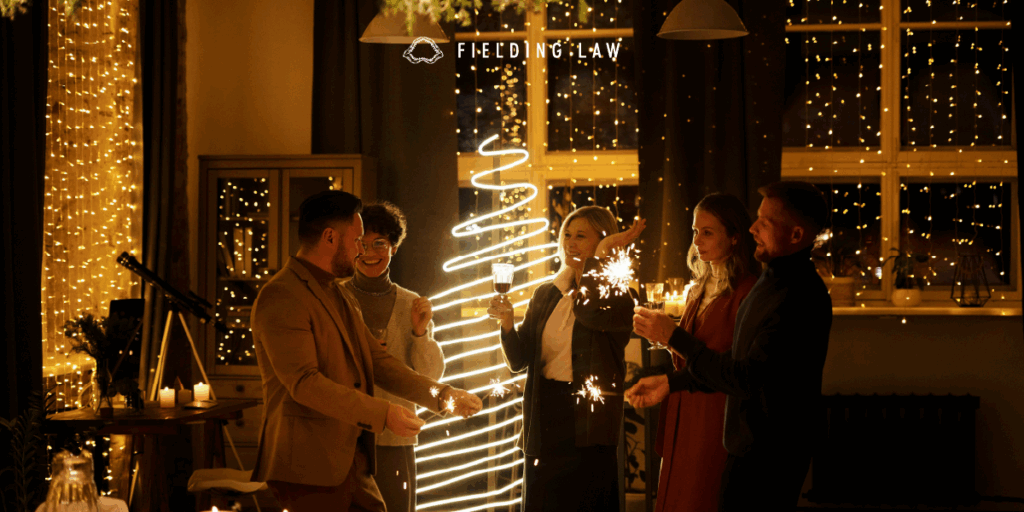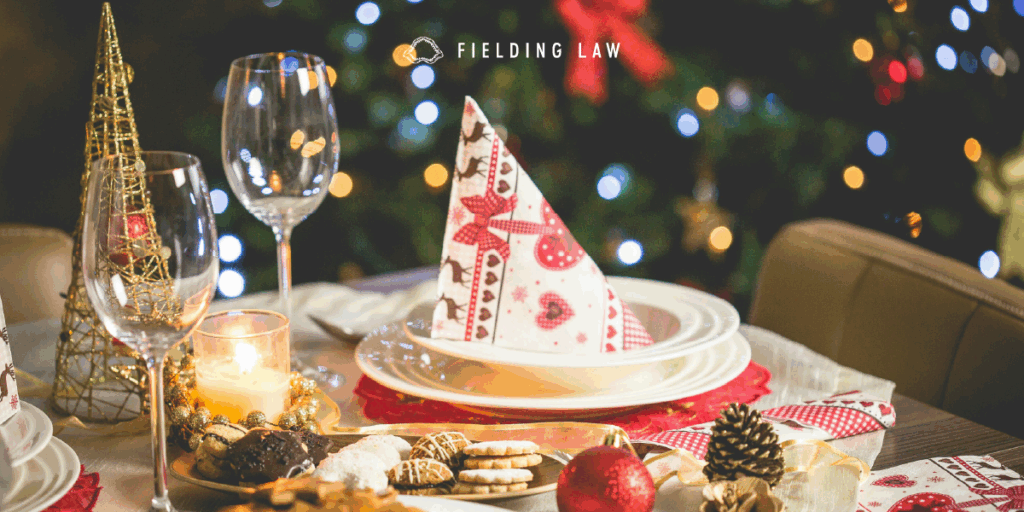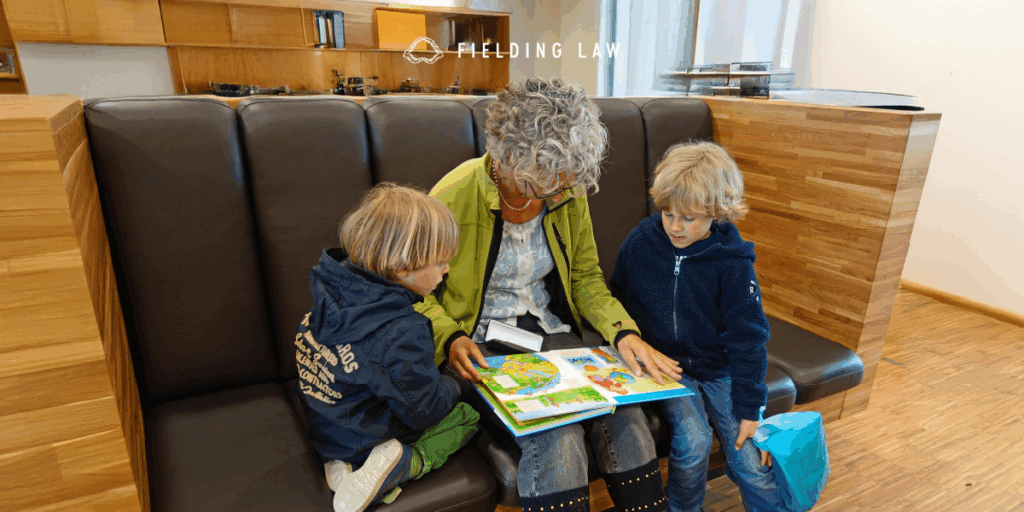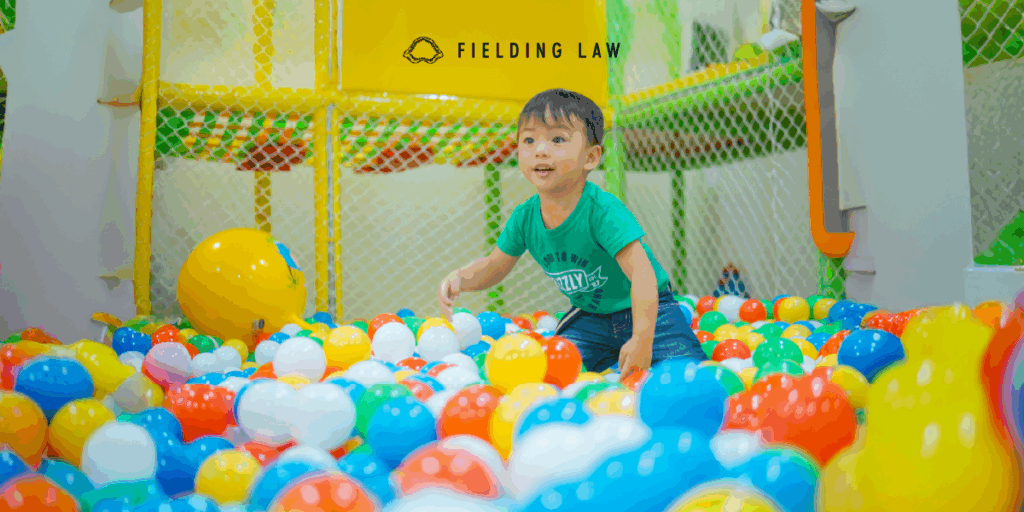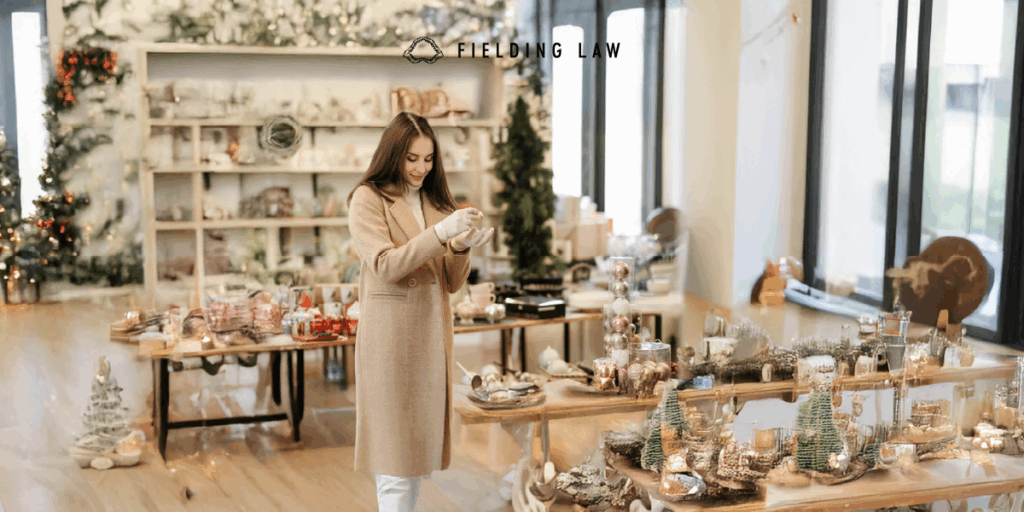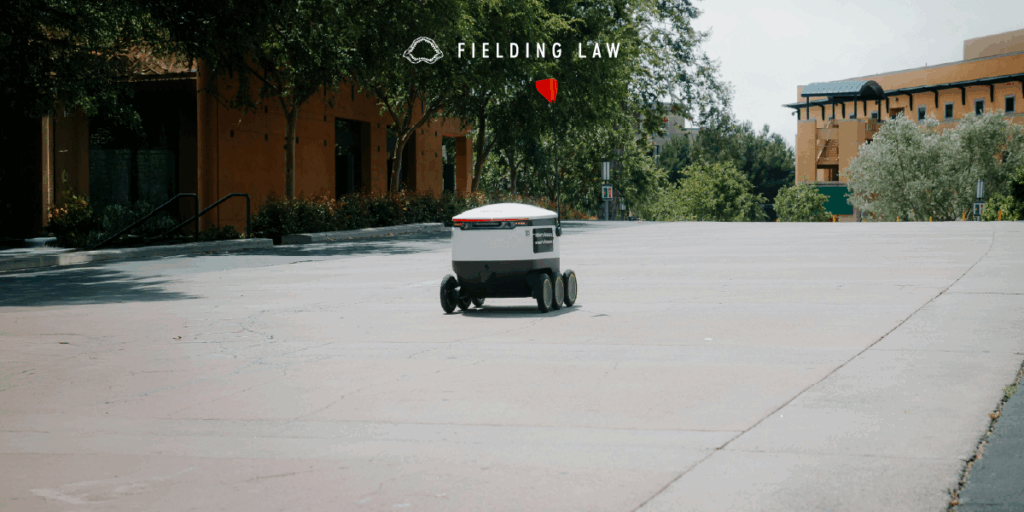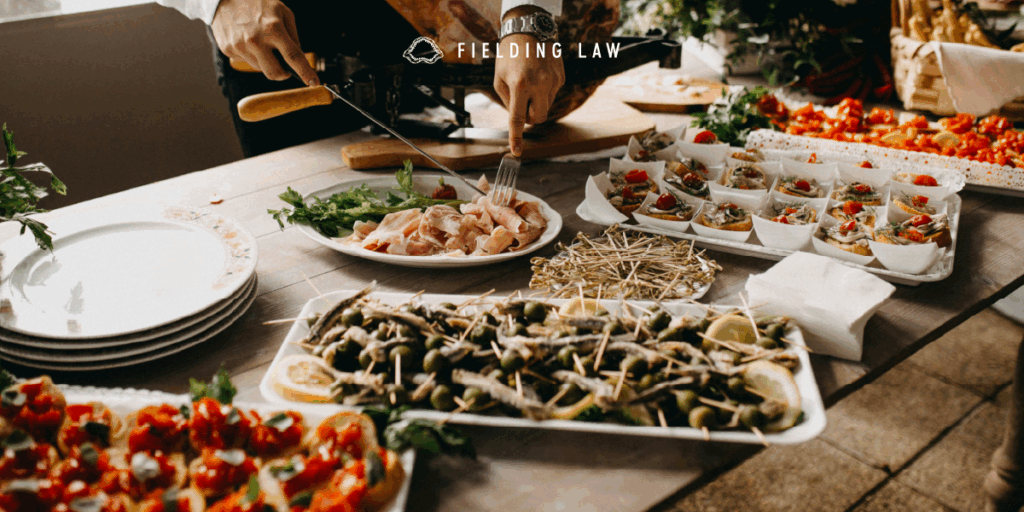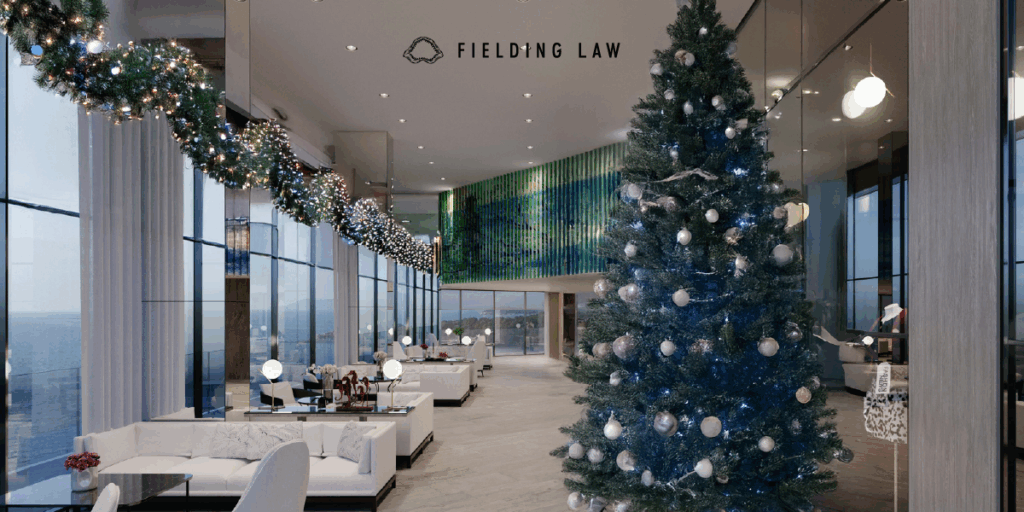
During this special time of the year, traveling with loved ones is an opportunity to unwind and enjoy the holiday spirit together. But even the most festive trip can turn into a stressful one when hotels, Airbnbs or small family-run inns fail to provide a safe and reliable stay. Lodging issues can instantly transform a joyful, stay into a holiday hotel injury fiasco. How about we walk through some common examples of negligence so you and your family can be informed and know exactly what a holiday hotel injury is.
Room Conditions
- Dirty or Unclean Rooms – Dirty rooms can expose guests to bed bugs, mold, or allergens that may trigger health concerns.
- Broken Heating in Winter – Heating failures in cold weather can create fire hazards and cause smoke detectors to malfunction.
- Non Functioning Showers or Plumbing – Plumbing issues can lead to flooding, water damage, or difficulty maintaining hygiene.
- Slippery Tile – Slippery bathroom tile without non-slip rugs increases the risk of slips and falls.
- Missing Handicap Shower Bars –The absence of support bars creates a safety risk for seniors or guests with mobility challenges or anyone using the shower, especially when the surface is wet.
- Hot Sink Water – Extremely hot sink water can cause scalds and serious burns.
Safety & Security Issues
- Assault and Theft – Guests and their property may be at risk due to potential assaults and theft.
- Poor Lighting in Parking Lots – Inadequate lighting increases the likelihood of theft, assaults, and accidents.
- Broken Locks – Damaged or faulty locks compromise security and may allow unauthorized access.
- Icy Walkways – Slippery surfaces can lead to slips and falls, posing a hazard to guests.
- Unkept Walkways – Broken sidewalks and uneven parking lots create safety risks for pedestrians and vehicles.
- Improperly Maintained Flooring – Flooring in poor condition can become a tripping hazard for guests.
Gym Conditions
- Improperly stored equipment – Weights left on the floor can cause someone to trip and fall.
- Treadmill malfunctions – Sudden stops or malfunctions may throw a person off balance, leading to injury.
- Unstable squat racks or improperly locked bars – These can collapse or shift, resulting in serious injury.
- Broken or frayed cables on weight machines – Damaged cables may cause weights to snap down unexpectedly, posing a danger to users.
Hot Tubs and Pools
- Poorly Maintained Pool Decks – Slippery or damaged pool decks can lead to slips and falls
- Chemical Burns or Respiratory Irritation – Improperly balanced pool chemicals may cause burns or respiratory issues.
- Electrical Shock Risks – Heating or lighting systems that are not properly maintained can create a risk of electrical shock.
Complimentary Breakfast
- Food Poisoning – Consuming undercooked eggs, meats, or other foods can lead to foodborne illness.
- Cross-Contamination Illnesses – Handling raw and cooked foods together may cause the spread of harmful bacteria.
- Cuts – Broken plates, glassware, or faulty equipment can result in cuts or lacerations.
- Choking Hazards – Poorly prepared food items may pose a choking risk to guests.
Where Our Expertise Matters
If you or a loved one has experienced any form of negligence leading to holiday hotel injuries, you deserve support. Fielding Law is here to help you every step of the way. We are committed to safeguarding your rights and providing guidance, so your Christmas Hotel experience goes smoothly with loved ones. Reach out to our team at 833.88 SHARK for your free consultation today.
Note: Information provided is for educational purposes and does not constitute legal advice. Always consult with a qualified attorney for legal concerns.
